Baena, on its hill, overlooking the Rio Marbella, strategically placed on an ancient droving route, now the N432, midway between Córdoba and Granada has been an important town since the Iberian period
By Nick Nutter | Updated 15 Mar 2022 | Córdoba | Villages |
Login to add to YOUR Favourites or Read Later
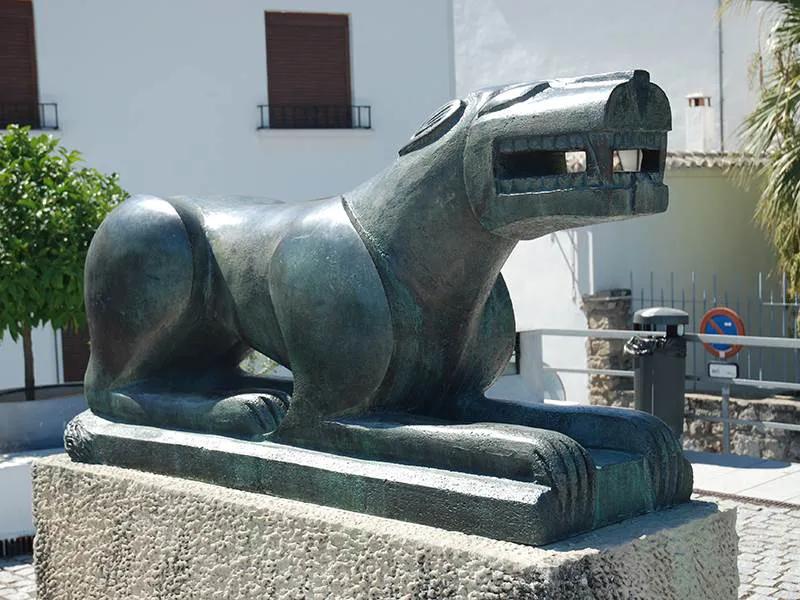
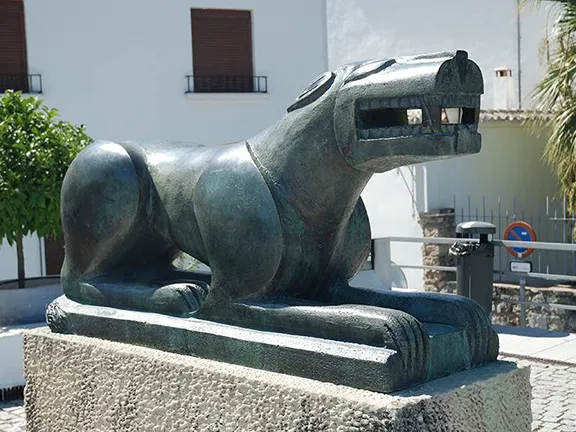
Baena Lion
Baena, on its hill, overlooking the Rio Marbella, strategically placed on an ancient droving route, now the N432, midway between Córdoba and Granada has been an important town since the Iberian period. Its castle and monumental architecture attest to that importance. So too does its history, the town was coveted by Iberians, Romans, Moors and Christians and changed hands several times. Despite numerous changes of ownership Baena is one of only a few towns that can be described as delightful.
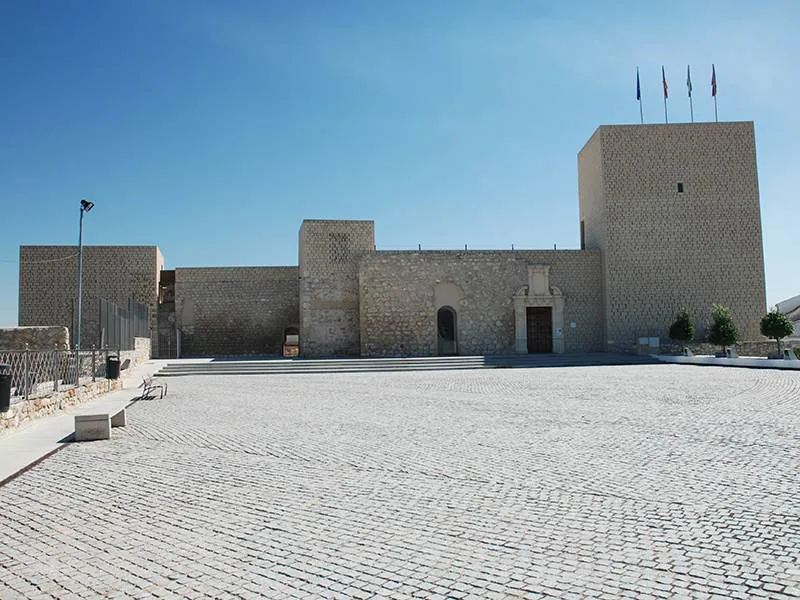
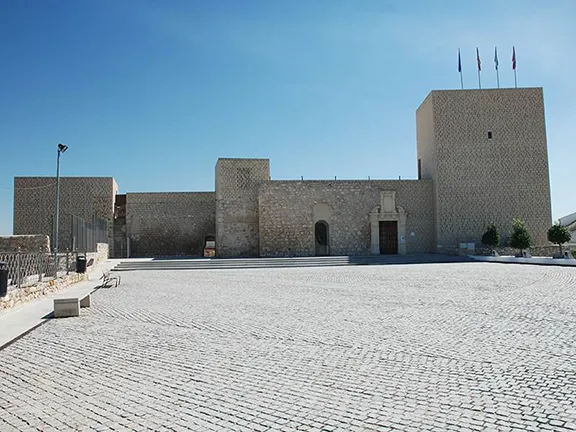
Baena Castle
The old N432, the N432A, neatly divides Baena into two parts. To the southwest of the road is the old town, with its winding streets, castle, oldest churches and museums, plazas and bars, and to the northeast, the new town, with its modern shops, restaurants and cafes.
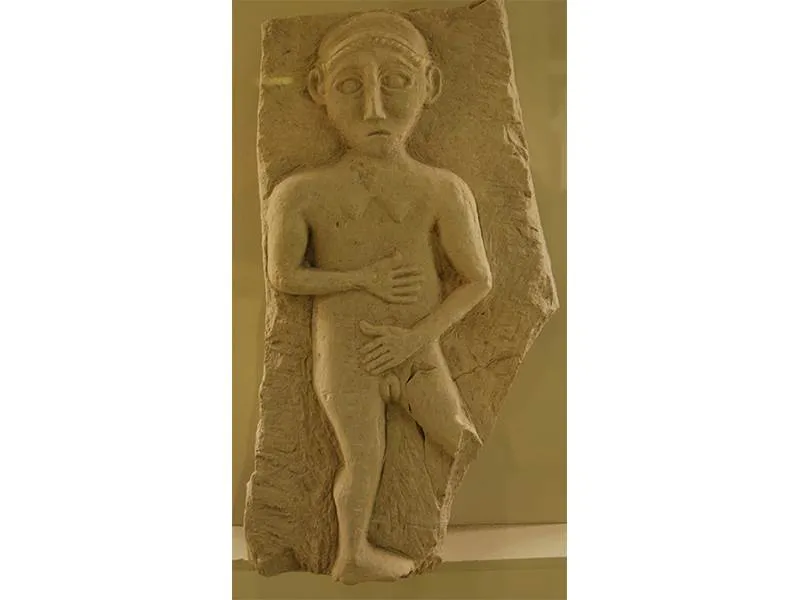
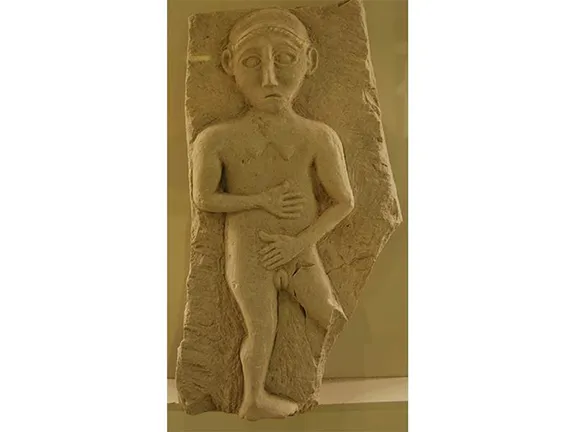
Iberian Goddess
The early history of Baena is a little confused. The Roman historian, Pliny, mentions a town called Iponuba that was founded in the 6th century BC by the Turduli tribe, the dispersed remnants of the ancient Tartessian society, then coming under the influence of the Iberian tribes who were dominant in the eastern parts of Andalucia. The Turduli called their settlement Martola and it became an Ibero-Roman town after the Roman conquest. Martola was destroyed during the 1st century BC, probably during the war between the sons of Pompey and Julius Caesar, for it was Caesar himself that gave the new settlement, Baniana, now on a nearby hill called Castro Vinaria, the title Julia Regia. The location of Baniana is pretty well determined by Ptolemy who also mentioned it was within the Turduli tribal area.
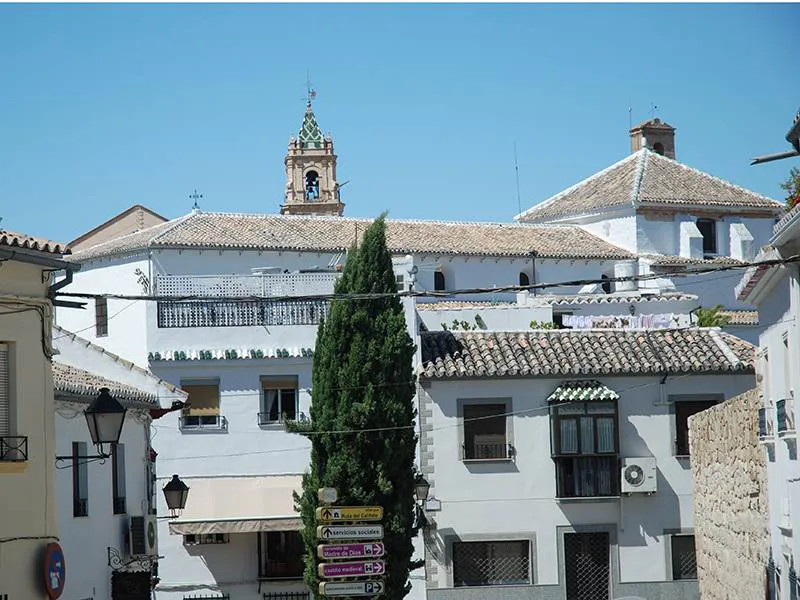
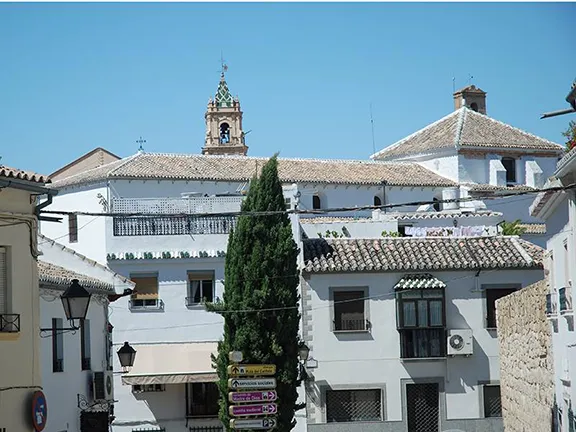
Baena Old Town
During the 8th century, the town, now called Bayena, expanded around a castle and it was conquered by Umar ben Hafsun during the Muladi rebellion in the 9th century. In the 10th century it became the capital of the Cabra cora (region) and at this time the Alcazabar (fortress), was built.
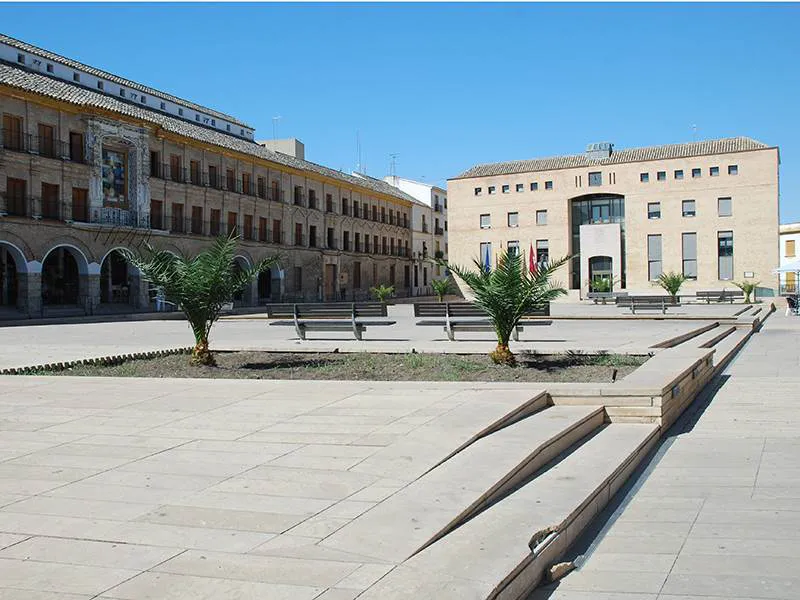
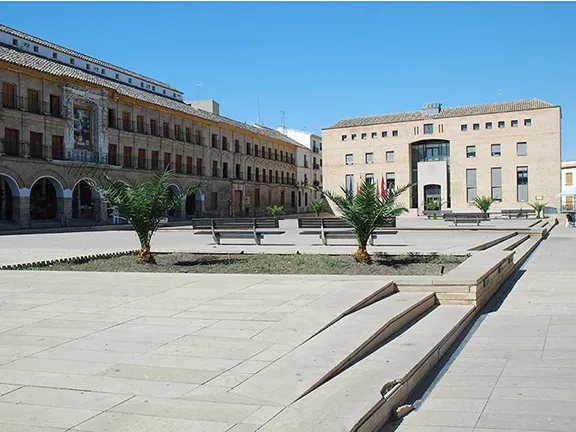
Plaza de la Constitucion Baena
In 1228, Bayena found itself in the Seville taifa that had been recreated following the civil wars after the death of Abu Ya’qub Yusuf III. The new taifas were militarily weak and Bayena was taken by the governor of Baéza (a coincidence of names, Baéza is in Jaén province), under king Fernando III. Fernando surrendered the town to his brother, Alfonso de Leon, in 1240 and in 1394 Baena was put in the hands of Diego Fernandez de Cordoba.
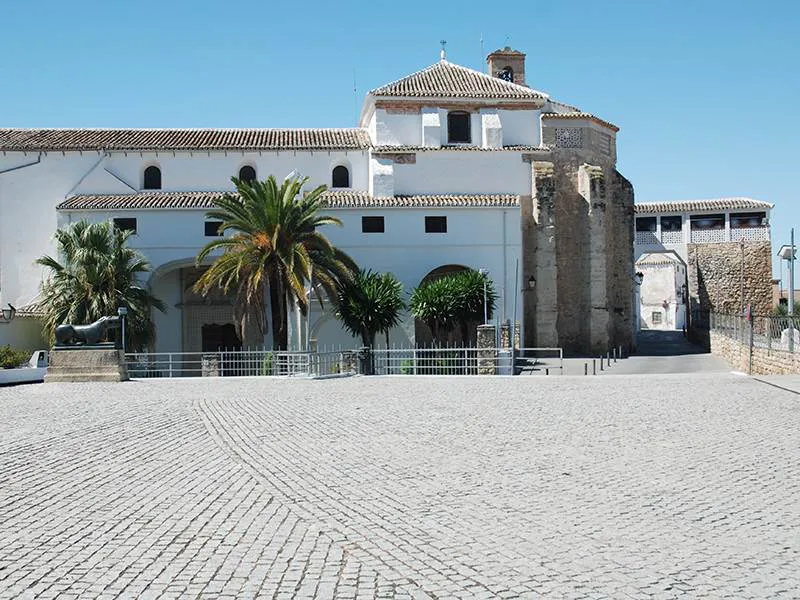
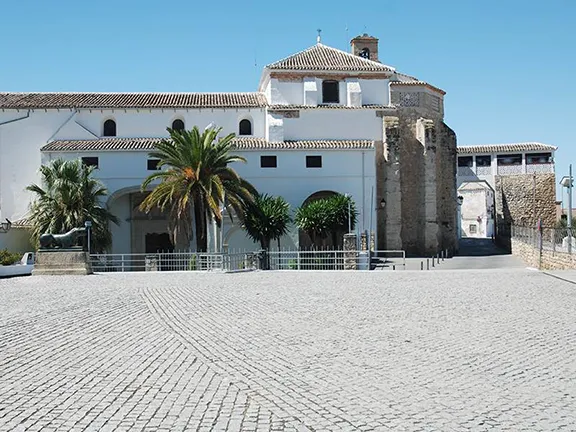
Plaza Palacio Baena
The economy of the town depends on the growing of cereals and olive oil and it has gradually expanded and grown wealthy on that basis.
Into the modern age, Baena was not spared conflict. During the Spanish Civil War about 700 Republican Loyalists (some accounts put the figure at 2000 but they were exaggerated for political reasons) were mass executed by order of the Nationalist Colonel Eduardo Sáenz de Buruaga. The event became known as the Baena massacre, just one atrocity committed by the good Colonel during the early years of the war.
In the old part of the now peaceful town, west of the castle the Iglesia de Santa Maria la Mayor dates to 1280, whilst the Convento Madre de Dios, nearby on the west side of the Plaza Palacio in front of the castle, is 16th century. Notice the Baena lion statue in the Plaza Palacio.
La Leona de Baena is an Iberian limestone sculpture dating from the late 6th century BC. It was found in the Cerro del Minguillar archaeological site, located in the town where the remains of an ancient oppidum, are located. The original is in the Madrid Museum. Reproductions can be found all over Baena.
In the Plaza de la Constitucion below the castle, you will find the imposing 18th century Casa del Monte and, housing the Museo Histórico Municipal, is the equally imposing La Tercia building that used to be the administrative centre for economy and agriculture. The dwellings that fill the spaces between the castle, churches and more monumental buildings are a pleasing mix of Mudejar design.
The museum concentrates on the finds made at the nearby Torreparedones archaeological site, a fortified settlement occupied between the Neolithic period and the Middle Ages. The exhibition includes the statuary, idols and figurines discovered in the Iberian sanctuary, a rare collection since little is known about the Iberian religion. One of their goddesses was called by the Romans Caelestis Juno Lucina and she was revered for her powers to heal and boost fertility in addition to her more martial attributes when she is more commonly known simply as Juno. A plaque shows the lady, not with her usual goatskin shield and spear, but naked – and looking embarrassed.
The building that houses the Museo del Olivar y el Aceite of Baena, on Calle Cañada on the edge of the old town, was a mill owned by José Alcalá Santaella until 1959. Most of the mill machinery dates from the middle of the 19th century. During the olive harvest, a group of three millers worked in the mill and ground 2,000 - 3,000 kg a day. The fruit came from olive groves in the Chigatillo and Vela districts.
All the mill machinery has been renovated and is in perfect working order. Te museum also has a collection of over 3,000 olive oli labels and, of course, provides the visitor with the opportunity to purchase oils with the Baena Designation of Origin.
Baena Castle is square and still has part of its original walls and three of the original four towers: El Secreto, Los Cascabeles and Cinco Esquinas or Las Arqueras.
Since the 16th century the castle has been used as the Palacio de los Duques. Diego Fernández de Córdoba, III Conde de Cabra, established his residence in the castle at the beginning of the 16th century and gave it a more palatial character. In 1520 the Baena and Condado de Cabra estate became related by marriage to the Duchy of Sessa. En 1566, by a Royal Decree of Philip II, Baena became the Duchy of Baena whereupon the lords of Baena came to be the Dukes of Sessa and Baena. The castle underwent a number off structural changes in the fortified enclosure aimed at making the place suitable as a residence, and the military character of the complex became less important.